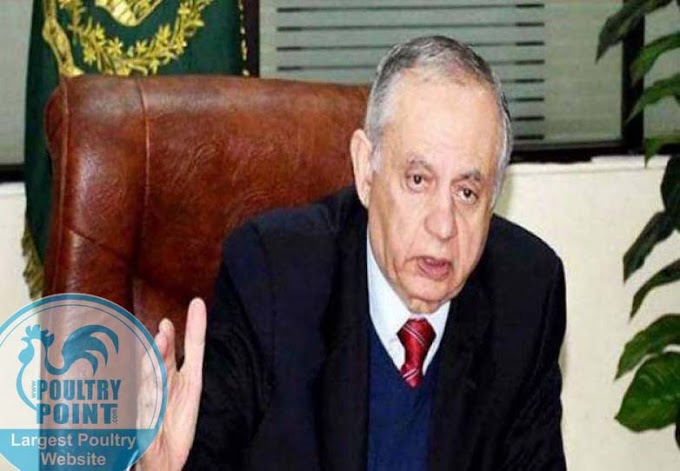 Just because we live in Naya Pakistan doesn’t mean that the bumbling way of negotiating trade agreements is a thing of the past. Phase II of the Pak-China Free Trade Agreement is a testament to that.
Just because we live in Naya Pakistan doesn’t mean that the bumbling way of negotiating trade agreements is a thing of the past. Phase II of the Pak-China Free Trade Agreement is a testament to that.There seemed to be a general consensus that trade agreements have not done any favour to Pakistan’s current account deficit — the $2.4 billion trade deficit with China the year before the implementation of the agreement has increased more than threefold to over $12bn.
The second phase kicks off with China “immediately eliminating tariffs on 313 priority tariff lines of Pakistan’s export interest,” states the Ministry of Commerce website. However, a closer look at the tariff lines shows that there will most probably be a small, if any, impact on Pakistan’s exports since we do not have any exports for nearly half of the goods.
These include products like parts of motor vehicles, refrigerators and air conditioners that make up 151 of the 313 tariff lines that Pakistan does not have domestic production for export.
TextilesAmong the products that we do export and are now exempted from tariffs imposed by China, textiles top the list unsurprisingly. But it is unlikely to boost local value-added production in the sector.
In 2018, for example, Pakistan exported $1.5bn worth of male cotton ensembles, according to data from the International Trade Centre. However, China’s corresponding imports from the world were about $500 million, leaving little room for Pakistan to export.
There had been some noise about Beijing offering unilateral concessions against the background of the CPEC. However, those hopes did not materialise
“We don’t believe we will be successful in exporting as they have a surplus in every category. They already export ready-made apparel and are unlikely to import from us,” said a source in the know. “Our raw material exports will increase, which will benefit us in the short run, but not in the long term. In fact, exporting yarn will impact the domestic value-added sector.”
Meat and poultry
Lack of formal and consistent supply chains makes exports of meat and poultry in the short to medium term unlikely. While the removal of tariffs acts as an incentive to increase exports, there are significant challenges along the production process that make it difficult for stakeholders to benefit from it.
The wheat price determines the price of corn which, in turn, makes poultry’s feed more expensive. The cost of feed is 80 per cent of the cost of raising a chicken. In the last six months, feed prices have increased four times whereas poultry prices have come down because of overproduction. Hence, the sector is making a loss. Currently, chicken is cheaper than tomatoes.
The second phase of the trade pact will have no substantial impact on our exports to China
The excess capacity cannot be used to export since the required continuous surplus is lacking. Rather the sector is stuck in a cycle of overproduction followed by a decline in the number of fowl available. While there is potential in meat exports, there is neither capacity nor a quality standard to ensure international demand. Without beef genetic intervention in the country, the possibility of meat exports is bleak.
“Till there are import tariffs on the raw materials required by the poultry sector and its value-added products, exports will not be possible,” said a source in the poultry association. “We import vitamins, minerals, amino acids, and vaccines, all of which have heavy duties that make us internationally uncompetitive.”
Sesame seeds
Kudos is due to policymakers for taking notice of the nascent edible oilseed sector. A study titled “Prospects of Oilseeds in Pakistan” by the Ayub Agricultural Research Institute identifies sesame seeds as one of the oilseeds that have good export potential. In 2018-19, exports grew to Rs9.6bn from Rs3.6bn the year before. And China is one of its export destinations, along with Korea, Japan and the Middle East.
While the trend is encouraging, stakeholders within the sector are sceptical whether it will result in a significant increase in exports. “Pakistan is not the only country that has been extended zero-rated tariffs — the decrease will not have much of an impact on its exports,” said a source from the Pakistan Agricultural Research Council.
Another source pointed out the volatility of the sector within Pakistan. “The yield of the current crop of sesame seeds has declined drastically — to about 25pc of what it had been previously. The exporters who compromised on prices and continued operations ended up incurring losses,” said a sesame seed oil extractor.
Similar to these sectors, others on the zero-rated list of tariffs have little or no potential for an increase in exports. Previously, there had been some noise of China offering unilateral concessions against the background of the China-Pakistan Economic Corridor. However, those hopes did not materialise and Pakistan will be lowering its tariffs over time that poses the possibility, if not the probability, of a further deteriorating trade balance.
It appears that despite the rhetoric of the current policymakers moving in a better direction, mistakes of the past will continue to be repeated.












0 Comments